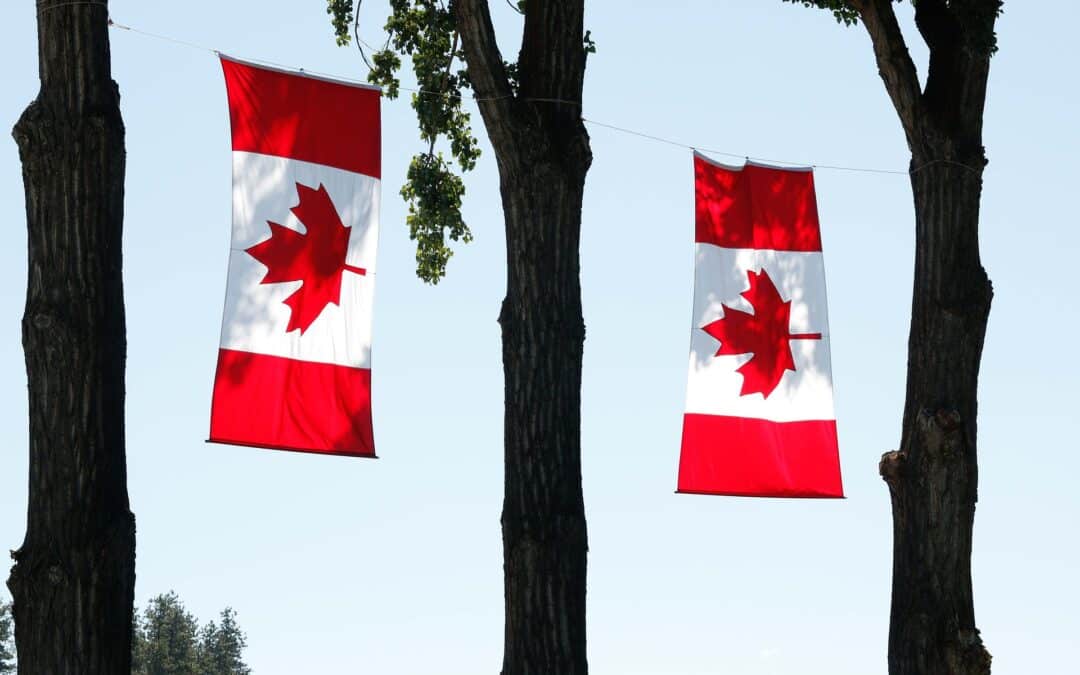A shortage of pricey properties resulted in a decline of year-over-year sales activity for Canada’s luxury real estate market during the first quarter of this year.
“There has been an immense build-up of demand for housing mobility across Canada’s conventional and luxury real estate market over the past few years, and confidence in the short- and long-term performance of the country’s major metropolitan real estate markets has been unwavering,” said Don Kottick, president and CEO of Sotheby’s International Realty Canada. “A significant cohort of prospective home buyers and sellers who were reluctant to make a move in 2022 have now adjusted their expectations to new market norms, and are now pre-qualified, highly motivated and anxious to find a home that meets their needs and lifestyle.”
“The greatest challenge that they are facing is the sheer lack of housing supply across every price point and housing type,” he continued. “This shortage is placing a chokehold on real estate markets that would otherwise be primed for healthy activity and will mean that properties priced appropriately for the market will see qualified interest and uptake in the coming months.”
Kottick added that in a market with higher interest rates and carrying costs, buyers and investors will resist bidding up properties beyond their current market values.
Greater Toronto Area (GTA)
Within the GTA market (Durham, Halton, Peel, Toronto and York), residential real estate sales over $4 million – encompassing condominiums, attached and single-family homes – were down 64% year-over-year to 84 properties sold across the GTA – a situation created by a severe lack of inventory. The volume of $10 million-plus property sales on Multiple Listings Service (MLS) fell to one property sold, compared to eight sold in the same period of 2022.
Overall, first quarter GTA residential sales over $1 million experienced a 57% year-over-year decline to 6,502 properties. In the City of Toronto, luxury sales over $4 million were down 65% year-over-year to 44 properties sold in the first quarter. There were no ultra-luxury properties sold over $10 million on MLS compared to two units sold in this price range in the first quarter of 2022. Residential real estate sales over $1 million in the City of Toronto during the quarter were down 53% year-over-year overall to 2,063 properties sold.
Sotheby’s International Realty Canada predicted that “prospective buyers previously on the sidelines are now prepared to engage in the market, however, conditions are expected to remain competitive in the coming months. New luxury listings are expected to be absorbed by consumer demand– so long as they are appropriately priced for current market conditions. Although bidding wars that result in over-pricing will no longer be the norm, multiple offers on well-priced properties are expected, particularly in the City of Toronto.”
Montreal
First quarter top-tier residential real estate sales in the City of Montreal for properties over $1 million fell 43% year-over-year, with 247 properties sold. Luxury sales over $4 million posted a 33% decline with eight homes sold. There were no ultra-luxury property sales were reported over $10 million on MLS, a repeat of the situation during the first quarter of 2022.
Despite a desultory Quebec economic forecast for the remainder of the year by the Conference Board of Canada, Sotheby’s International Realty Canada insisted that “local confidence in the region’s real estate market remains strong” when compared to other markets.
“A recent survey of Canada’s four largest major metropolitan areas as conducted by Mustel Group and Sotheby’s International Realty Canada revealed that out of the four major metropolitan areas surveyed, those in Montreal expressed the most confidence in the performance of real estate over the next 12 months,” said the company adding that “while Montreal’s luxury real estate market is expected to maintain more balanced conditions over the course of the spring market, Sotheby’s International Realty Canada experts expect that consumer demand and market performance will be robust in the long term.” Still, the company admitted that the speed of luxury listings coming to market and the pace of sales activity in prestigious areas including Outremont, Westmount, Town of Mount Royal and The Plateau-Mont-Royal slowed during the quarter.
Vancouver
During the first quarter, luxury Vancouver residential real estate sales over $4 million were down 53% year-over-year, with 54 properties sold; four of those properties sold for over $10 million on MLS, compared to five units sold in the same period one year earlier. There were 774 residential properties sold over $1 million, down 51% year-over-year.
Sotheby’s International Realty Canada stated that a “significant cohort of prospective luxury real estate sellers and buyers are awaiting the introduction of new housing inventory into the market before listing their property or embarking on a home search. As a result of tight inventory levels, competitively priced, well-appointed single-family homes under $2.5 million and attached homes under $1.5 million are not unlikely to attract multiple offers; however, these bids remain well within the limits of current price trends. Conversely, properties listed above market norms require price reductions to evoke buyer engagement.”
Calgary
Alberta’s energy sector is projected to ensure steady economic growth over the next two years, according to the Conference Board of Canada. The City of Calgary’s economic vibrancy and rising in-migration trends have renewed interest in the residential real estate market. However, the Calgary Real Estate Board reported a nearly 26.4% year-over-year decrease in overall inventory in March 2023, the lowest inventory levels for March since 2006.
During the first quarter, Calgary’s overall luxury residential real estate sales over $1 million were down 36% to 271 properties sold, while the market for properties over $4 million had only two transactions.
“Since August 2022, Alberta has actively marketed the province as a prime destination for skilled workers from other parts of Canada in a strategic effort to address labor shortages, and the second phase of the province’s ‘Alberta is Calling’ campaign targeting prospective new residents launched in March 2023,” the company said. “As a leading destination for in-migration in the Prairies, the population of Calgary increased 3.08% year-over-year in 2022 and is now up by 9.38% over the last five years. As an increasingly sought-after destination for in-migration due to the region’s top-tier livability and comparatively affordable cost of living, demand for Calgary’s conventional and luxury real estate is expected to rise in the months ahead.”











